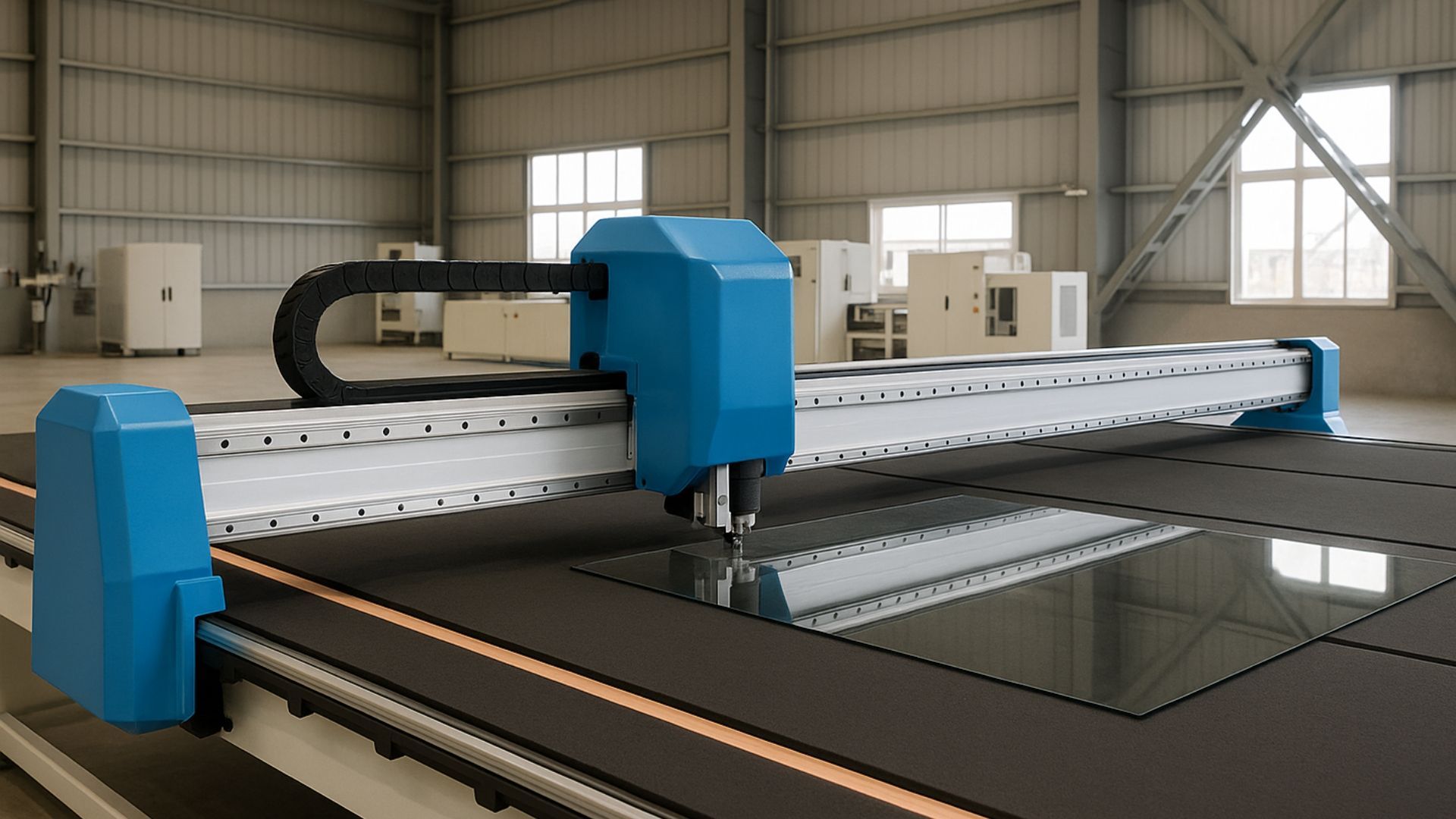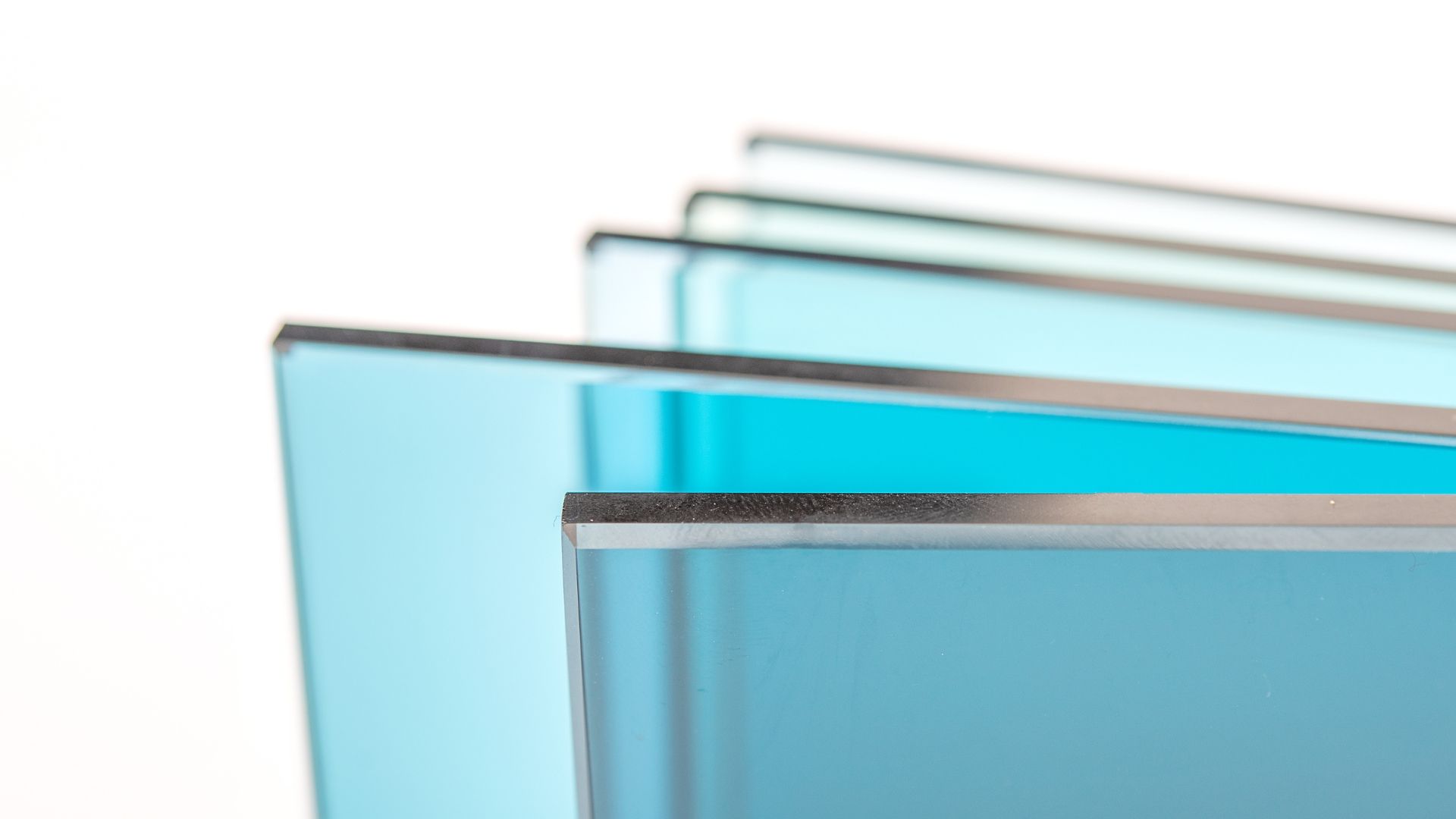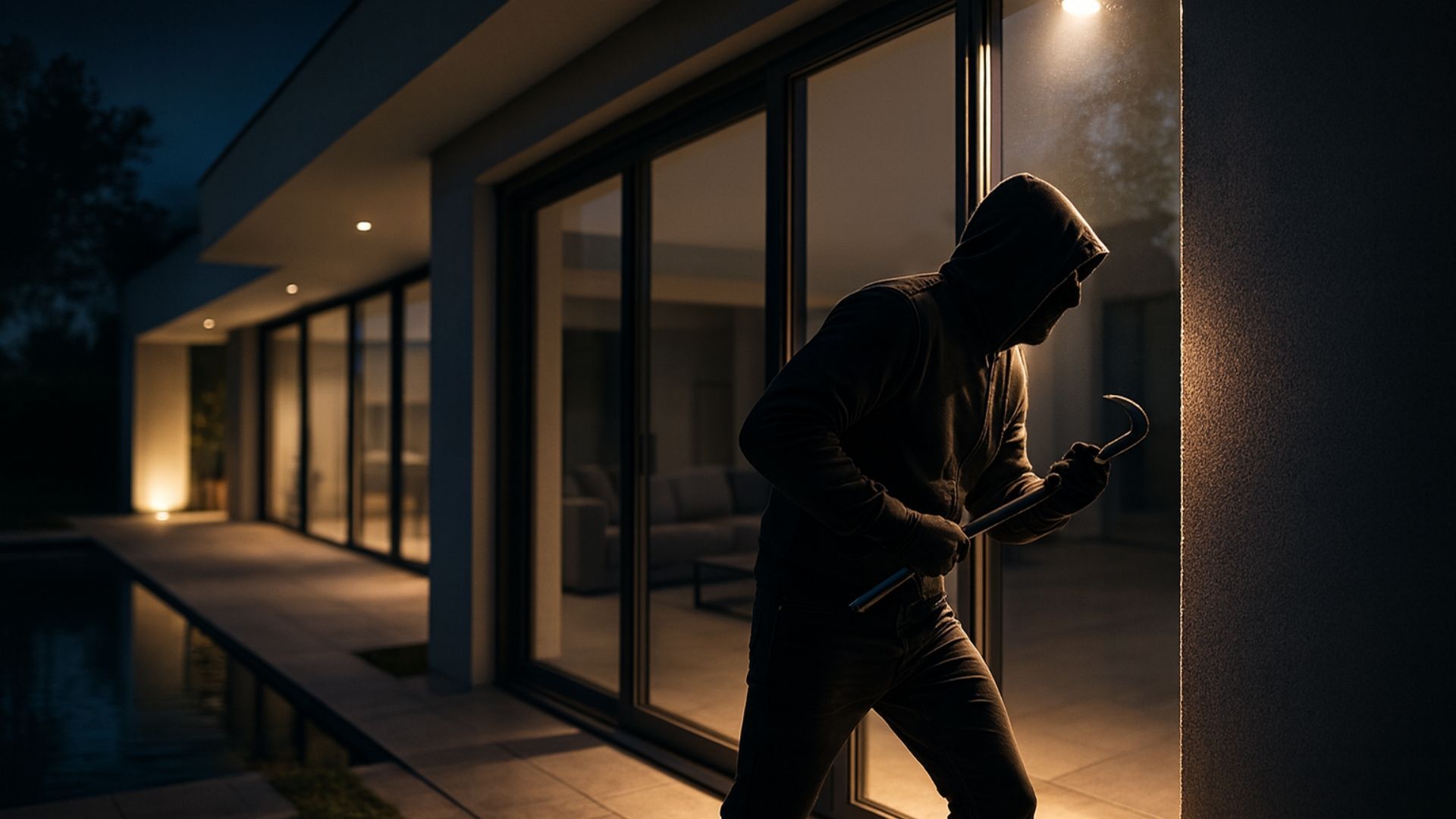How switchable glass integrates into a smart home or office
Share this blog:
Switchable glass is taking homeowners and business owners by storm. Find out how it can be integrated into an existing smart ecosystem.
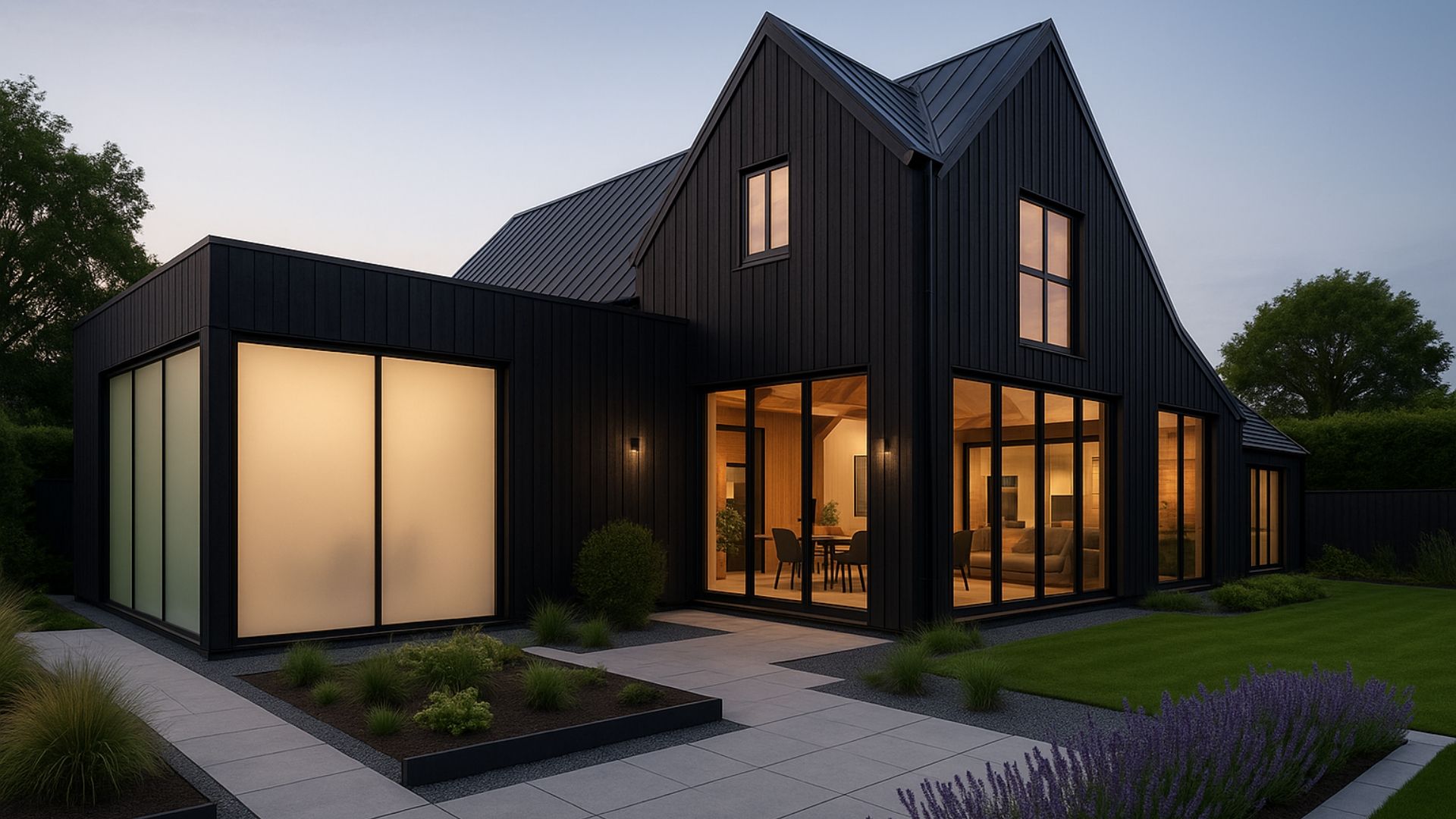
In many ways, glass manufacturing has remained consistent over the centuries.
There are still glassblowers. The materials used are roughly the same. Glass is still painted, coloured and decorated in other ways.
But the history of glass isn't just one of continuity. It's also dotted with sudden leaps in innovation – the invention of float glass in the 1950s, for instance, and toughened glass some 50 years earlier.
Switchable glass is the latest in this long line of ingenuity. Also known as "smart glass", it's a type of glass that can change its appearance from clear to opaque. This can be achieved by remote control or through automation.
It's already used for plane windows, privacy screens in healthcare facilities, partitions in offices and glazing in homes. It's even used for car sunroofs.
There's no doubt about it: switchable glass is on the up. But although it's now present in some households, it's far from a household name.
It's not just that many people are unaware of the applications and benefits of switchable glass. It's also that they don't know how it can be integrated into existing smart home and smart office ecosystems.
We're here to tell you how. First up: smart homes.
Smart homes
Most smart homes are built around a hub. This is effectively a control centre for the home's smart features. It allows the different components to "speak" to each other. Switchable glass can be integrated into these systems via a smart switch or relay.
The switchable glass can be activated using voice commands. You could tell your smart device to make the bathroom windows dark, for instance.
You can also "set scenes". This is where you create a lighting set-up for a specific mood or activity. You could, to take one example, set the level of light coming through the windows when you're watching a movie.
Daily scenes and routines can be scheduled. You could have your glass turn clear as the sun comes up and opaque as it goes down. You could have darkened glass in your home office during working hours.
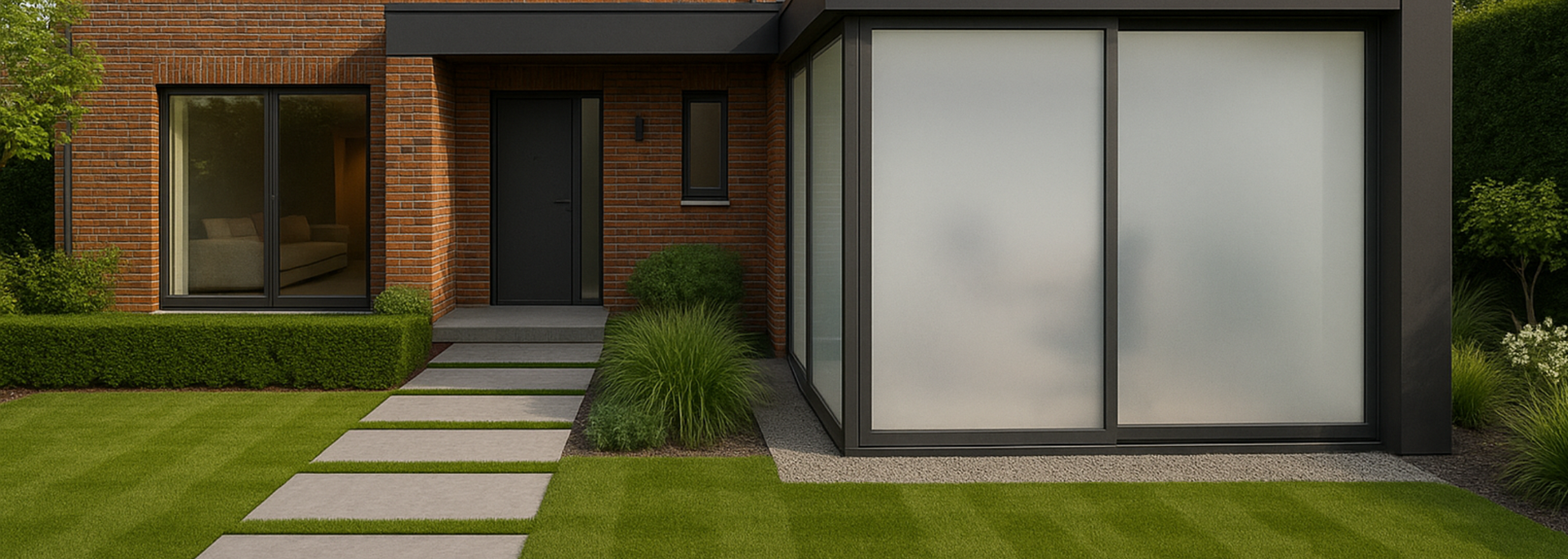
You can also hook up your switchable glass to sensors. When you walk into a room, for instance, the glass could become transparent.
The glass can also be made to react to sunlight and temperature. This can make your home a more comfortable environment to be in, whatever the weather.
As well as being voice-activated, these features can be controlled by using your phone as a remote control. You can use your device to change the transparency levels of the glass, monitor usage and set scenes, timers and schedules.
Finally, switchable glass can be integrated with your smart lock or smart security system. When your smart lock is activated at night, your windows can automatically turn opaque. As well as this, you can set your smart home system to make the windows transparent when motion is detected outside.
Smart offices
Switchable glass can enhance a smart office in many of the same ways as a smart home. Above all else, it gives you privacy on demand – but there are other benefits, too.
Switchable glass can protect building users against UV rays. It can increase the building's energy efficiency by letting you optimise solar regulation. It can be automated for ease of use. And it gives your building an undeniable wow factor.
In the case of smart offices, it's usually workspaces that are fitted with switchable partitions. Important meeting in progress? The windows can be set to turn opaque or controlled with a smartphone or voice command.
Switchable glass has another use in smart offices. Harnessed in conjunction with rear projection and touch frame technology, it can be turned into an interactive touchscreen.
This simultaneously simplifies your tech and makes it more impressive, whether you're pitching an idea, holding a video conference or collaborating on a digital whiteboard.
Integrating switchable glass in a smart office has a lot in common with smart home integration. First, it's integrated into the office hub. From there, it can be automated or remotely controlled.
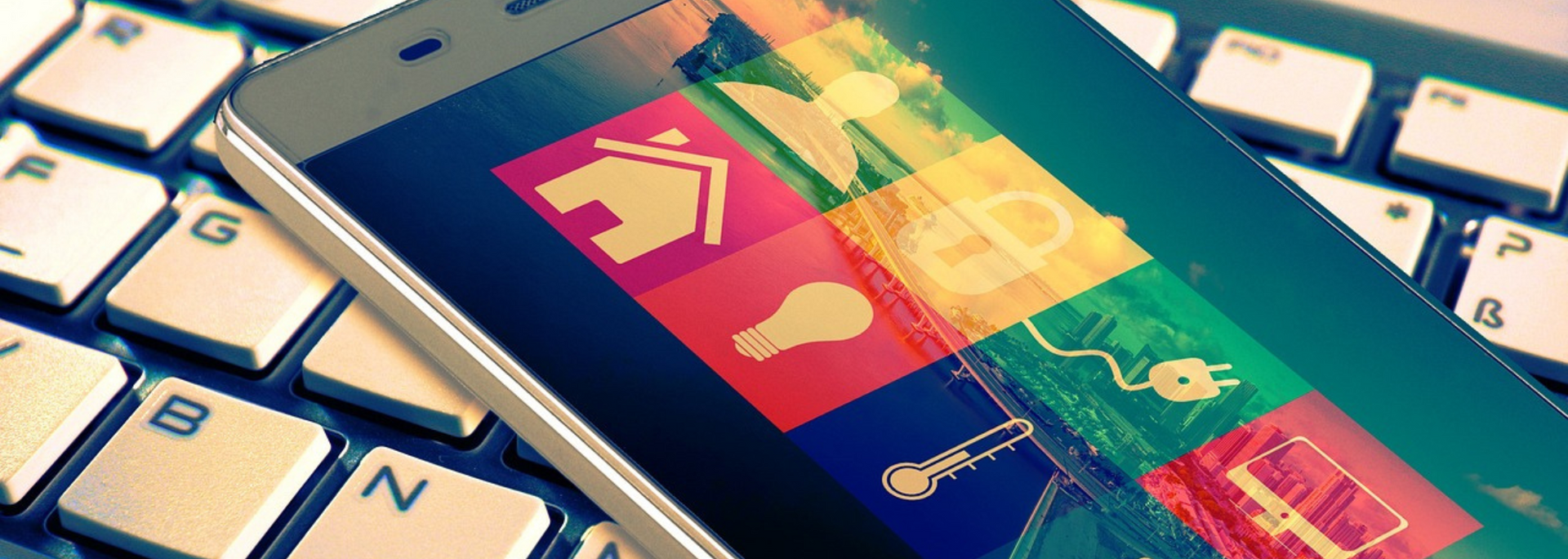
The switchable glass in an office can be integrated with the Internet of Things. The glass could go on or off when human presence is detected or according to a schedule.
Similarly, scenes can be created and controlled with smartphone applications. This lets you customise lighting for different work situations.
These scenes aren't just functional. They also show clients, staff and visitors that you mean business. If you're forward-thinking about your tech, people are likely to assume you're forward-thinking in other areas, too.
What are the challenges of integrating switchable glass into a smart home or office?
In theory, it's simple to integrate switchable glass into a smart home or office. But in practice, there can be a couple of hurdles.
The first is compatibility. Not all switchable glass can be instantly plugged into an existing smart home or office ecosystem. You may need to invest in a third-party relay. It's important to do your homework before committing to a product.
The second is wiring. Switchable glass needs a power source. If you retrofit switchable glass into a bathroom, office or bedroom, you may need to adjust the wiring.
TG SWITCH, our switchable glass, is compatible with Google Home and Amazon Alexa, right out of the box.
What are the different types of switchable glass?
There are four main types of switchable glass: electrochromic, thermochromic, photochromic and polymer-dispersed liquid crystal (PDLC).
Electrochromic switchable glass changes tint when a current runs through it. Thermochromic glass reacts to temperature. Photochromic glass reacts to sunlight.
At ToughGlaze, our switchable glass is PDLC. When an electric current is applied, liquid crystals scatter to frost the glass or obscure it entirely. This is the most common type of switchable glass in today's smart homes and offices.
Are you in the market for
smart switchable glass? TG SWITCH is the most reliable and advanced smart glass available anyway.
Get in touch with ToughGlaze today for a quick, competitive quote.

